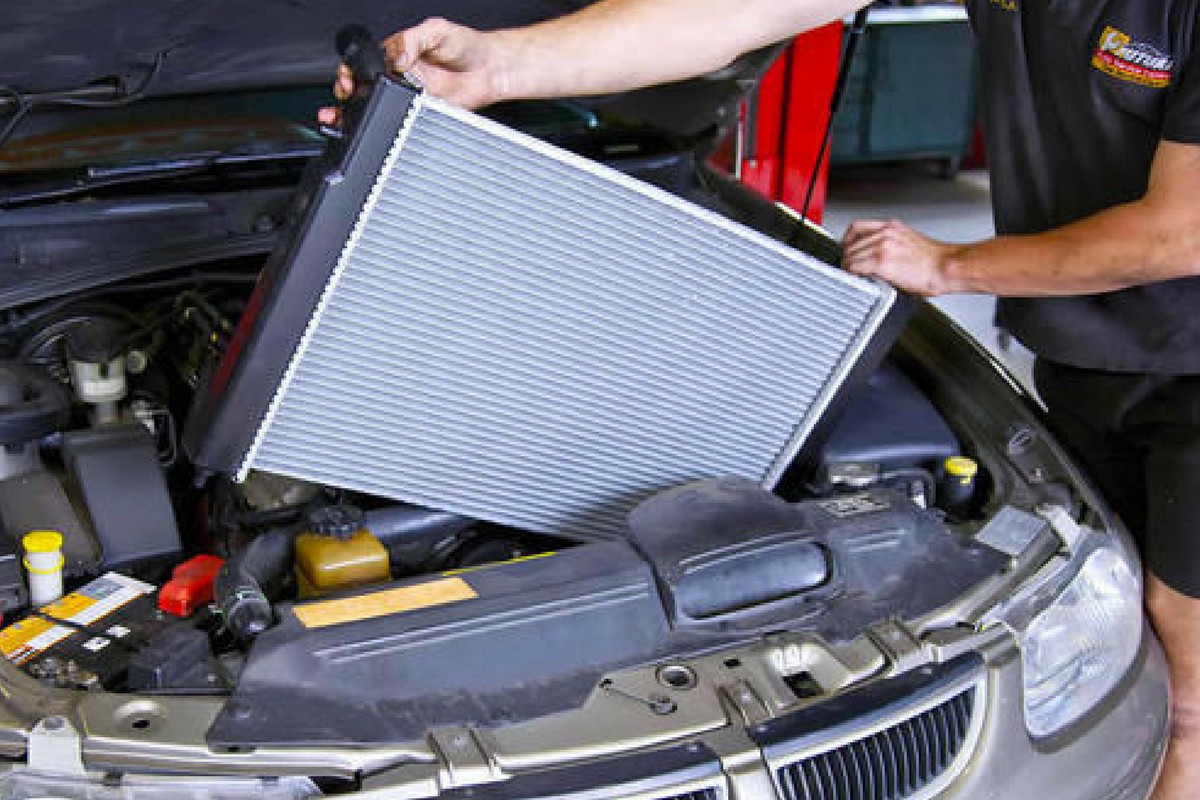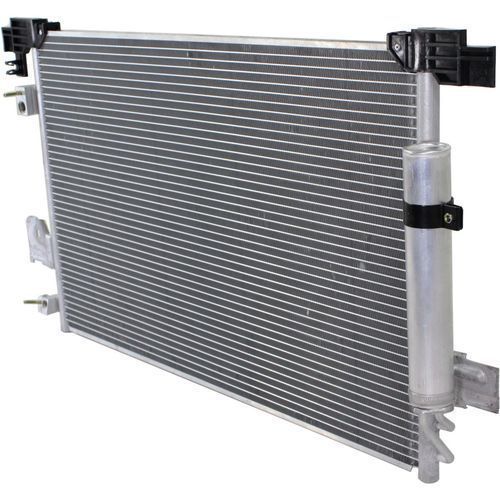What Does a Car Radiator Do? The radiator is a heat exchanger that cools the…
Tag: What does a car radiator do
Car problems

Continue Reading

What Does A Car Radiator Do?
In our article today, we shall be looking at what a car radiator does in…

